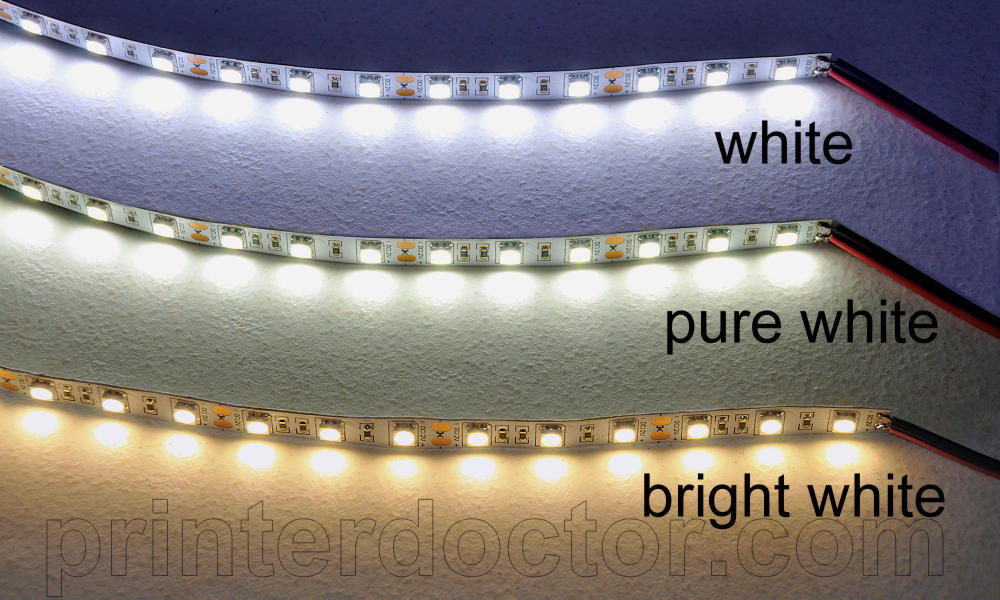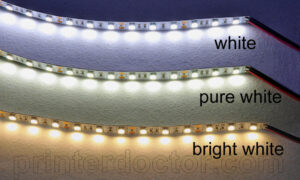
Introduction
LED lighting has transformed the way we think about illumination indoors and outdoors, in homes and across industries. Its growing popularity isn’t just a passing trend; it’s the result of real advantages like energy efficiency, longevity, and versatility. Two of the most widely used formats in this lighting revolution are LED strip lights and LED modules. Each serves distinct purposes but plays a critical role in modern lighting design.
In this guide, we’ll break down what makes these lighting options different, what to consider when choosing them, and why the role of quality suppliers shouldn’t be overlooked.
Understanding LED Strip Lights
LED strip lights are flexible circuit boards populated with small light-emitting diodes. They’re designed to provide a continuous line of light and can be cut to size, making them incredibly adaptable. Whether tucked behind shelving, under cabinets, or used to add ambient lighting to architectural features, strip lights can be found in almost every setting today.
Because of their versatility, wholesale led strip lights have become a go-to solution for large-scale projects. Contractors, designers, and builders often choose to buy in bulk to maintain consistency across large spaces. But purchasing wholesale isn’t just about volume it’s about getting the right specs, reliability, and performance. Factors like color temperature, waterproof rating, and brightness levels come into play, depending on the intended environment.
When selecting LED strip lights, it helps to understand lumen output (how bright the light is), the type of chips used, and how the strips are powered. Poor quality strips may flicker or degrade faster, so doing some research beforehand can make a significant difference in the outcome of a project.
Exploring LED Modules
While strip lights provide flexibility in layout, LED modules offer targeted, concentrated lighting. These are typically small, self-contained units with one or more LED chips mounted onto a board, often enclosed in a casing. They are commonly used in signage, display backlighting, and decorative applications where precise placement of light is key.
One of the defining characteristics of LED modules is their directional lighting. Unlike strip lights, which offer linear lighting, modules are often used when pinpoint light sources are needed. This makes them ideal for illuminating logos, signs, or intricate architectural features.
The arrangement and number of chips in a module can vary, affecting both brightness and coverage. Modules are usually linked together, and because they generate focused light, they often require fewer units than strip lights for certain applications.
Key Considerations When Choosing LED Lighting Solutions
Not all lighting products are created equal. There are several elements to keep in mind when deciding between strips, modules, or any other LED product:
- Brightness and efficiency: Consider how much light is required and how much energy the system will use over time.
- Durability: Outdoor or industrial applications demand higher IP ratings (water and dust resistance).
- Voltage and compatibility: Ensure the lighting is compatible with existing systems or intended control methods (e.g., dimming).
- Installation flexibility: Whether mounting under surfaces or embedding in signs, ease of installation can affect labor costs and timelines.
The application usually dictates the ideal type of lighting. For instance, accent lighting might benefit from strips, while direct signage lighting is better suited for modules.
The Role of Suppliers in LED Lighting
Beyond the products themselves, suppliers play a critical role in the overall experience and outcome of any lighting project. Working with trustworthy led module suppliers ensures not only the quality of the modules but also consistency in product batches, clear specifications, and access to technical support.
A reliable supplier doesn’t just offer a wide range of options they provide transparency about product testing, certifications, and materials. This becomes especially important when lighting systems are being deployed in environments that require long-term performance, such as retail stores, outdoor signage, or hospitality venues.
Good suppliers also stay updated with regulations and standards, which helps clients avoid compliance issues later on. Whether for commercial or creative purposes, knowing where your LED components come from can make a significant difference in project longevity.
Trends and Innovations in LED Lighting
As technology advances, LED lighting continues to evolve. Some notable trends include:
- Smart integration: More systems now connect to Wi-Fi or Bluetooth, allowing users to control brightness and color via apps.
- Sustainable materials: Manufacturers are exploring more eco-friendly components to reduce waste.
- Smaller, more powerful chips: New designs allow for higher brightness in smaller formats, giving designers more creative freedom.
The line between function and form is blurring, with LEDs now serving both practical and aesthetic roles. This dual purpose is likely to grow as lighting becomes more integrated with architecture and interior design.
Conclusion
Choosing the right LED lighting isn’t just about wattage or color it’s about matching the solution to the specific needs of a space or application. Whether you’re looking into wholesale led strip lights for a large installation or trying to identify dependable led module suppliers for signage needs, understanding your options can lead to better decisions and better results.






